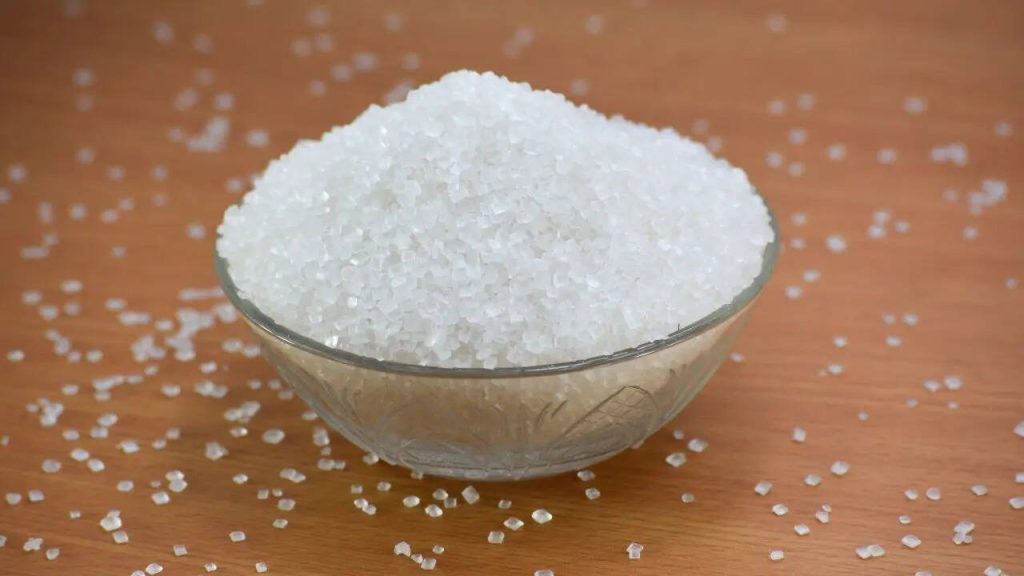Unpacking the Word ‘Cheeni’
In India, sugar is universally referred to as ‘cheeni’, a term that literally translates to ‘Chinese’. Despite sugar being a product deeply rooted in Indian agriculture and culinary tradition, the word suggests a foreign origin. This curious naming is more than a linguistic coincidence—it traces back to historical trade routes and cultural exchanges that have shaped India’s food vocabulary over centuries.
India’s Ancient Sugar Legacy
India is one of the oldest regions known for cultivating sugarcane. As early as 500 BCE, ancient Indians were extracting juice from sugarcane and converting it into jaggery (locally known as ‘gur’), a traditional unrefined sweetener still widely used today. Sanskrit texts refer to sugar as ‘sharkara’, which is believed to be the linguistic ancestor of the word ‘sugar’ in English and its counterparts in Arabic (‘sukkar’), Persian, and Latin languages.
How China Influenced the Term ‘Cheeni’
While India was already proficient in producing sugarcane-based sweeteners, it was the crystallized white sugar—refined and purified—that was imported via Chinese traders. During the medieval period, Chinese merchants played a vital role in the trade of crystallized sugar, which was considered a luxury product. The purity and refinement of this sugar contrasted with the traditional Indian jaggery, prompting locals to associate this new form with its origin—China.
Thus, ‘cheeni’ became the colloquial term for this refined version, embedding itself into Indian vernacular permanently, even after India began producing refined sugar domestically.
Spread of Indian Sugar Techniques Worldwide
Ironically, the original knowledge of sugar processing traveled from India to other parts of the world. Persian and Arab traders picked up sugar-making techniques from India and carried them westward. As the practice spread through the Islamic world and eventually into Europe, the Indian-origin word ‘sharkara’ was adapted across various languages.
Colonial Era and Sugar Trade Expansion
During the British colonial period, sugar production became industrialized. The British expanded sugarcane cultivation in tropical colonies such as the Caribbean and Mauritius. Despite these developments, the Indian term ‘cheeni’ continued to be used, highlighting the resilience of cultural terminology even amid massive shifts in production and supply chains.
The Ironic Twist
Today, India is one of the world’s top producers and consumers of sugar. Yet, the term ‘cheeni’—a word pointing to China—remains in common usage. This serves as a fascinating example of how language and trade history intertwine, creating long-lasting imprints on culture and everyday life.
Interesting Trivia
- The word ‘cheeni’ is used for both sugar and Chinese people in Hindi, underscoring the linguistic overlap.
- India produces over 30 million metric tons of sugar annually, ranking second globally.
- Crystallized sugar was once so rare and valuable it was reserved for royalty and the elite.
- Traditional Indian sweets like ‘rasgulla’ and ‘barfi’ gained popularity only after the widespread availability of refined sugar.
Final Thoughts
The story behind why Indians call sugar ‘cheeni’ is a unique blend of historical irony and cultural evolution. While India pioneered the early stages of sugar processing, the influence of Chinese trade refined its form—and its name. This enduring term reminds us that language often travels the same winding paths as the goods we consume.
Source: Times Now News

